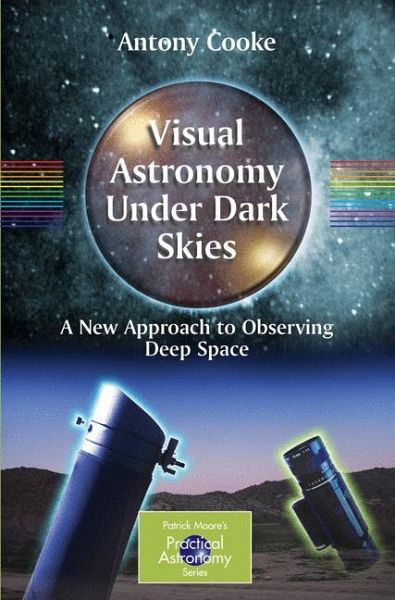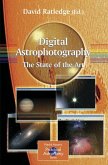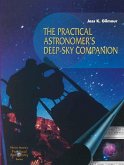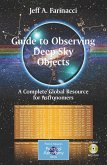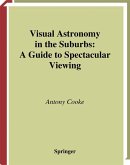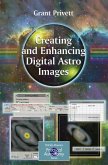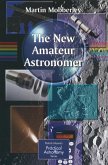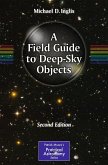VISUAL ASTRONOMY UNDER DARK SKIES
A New Approach to Observing Deep Space
Modern astronomical telescopes, along with other advances in technology, have brought the deep sky - star clusters, nebulae and the galaxies - within visual reach of amateur astronomers.
It isn't necessary to image deep-sky objects in order to see them; you look at them in real-time by using modern observing techniques and enhancement technology.
The first requirement is a truly dark observing site. Given a location with clear, dark night skies everything else follows... this book contains all you need to know about what to observe, how to get superb views of faint and distant astronomical objects, and how to use the best of today's commercial equipment for visual observing.
Dieser Download kann aus rechtlichen Gründen nur mit Rechnungsadresse in A, B, BG, CY, CZ, D, DK, EW, E, FIN, F, GR, HR, H, IRL, I, LT, L, LR, M, NL, PL, P, R, S, SLO, SK ausgeliefert werden.
--Roger Feasey, in the Journal of the Auckland Astronomical Society

